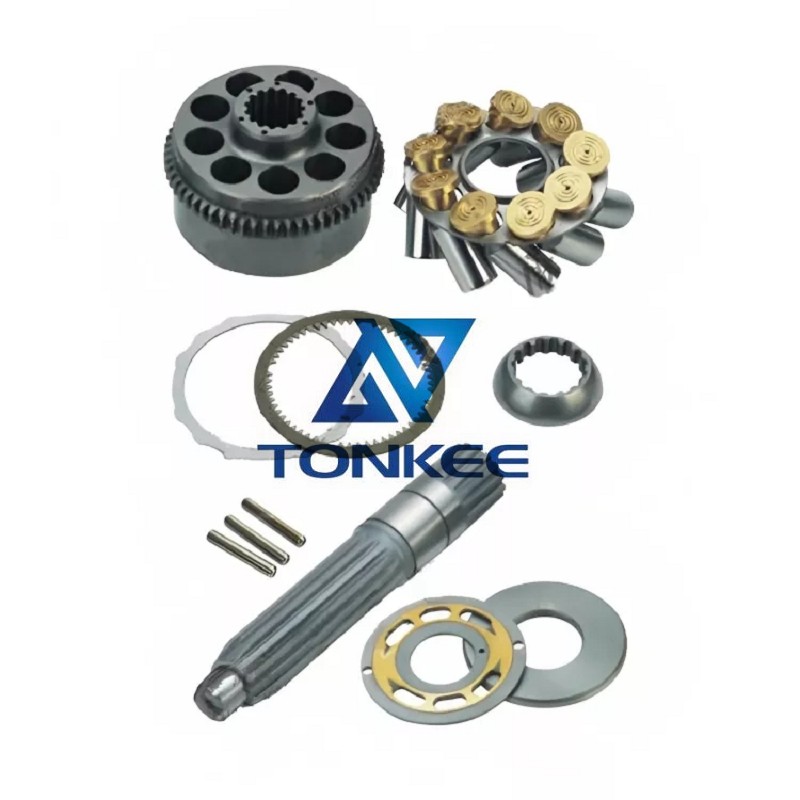
Size and Weight: The M2X170 swing motor is a compact and robust unit, designed to fit within the space constraints of heavy machinery.
Its size and weight depend on the specific model and manufacturer's variations, but it typically measures around 550-600 mm in length and can weigh between 50 to 70 kilograms.
Operating Pressure: This hydraulic swing motor is capable of handling high hydraulic pressures, often in the range of 3500 to 4000 psi (pounds per square inch). This allows it to generate significant torque for rotating heavy equipment.
Flow Rate: The flow rate of the hydraulic fluid, usually hydraulic oil, through the motor can vary depending on the application and machine requirements. It often falls in the range of 100 to 150 liters per minute (LPM).
Speed and Torque: The M2X170 is designed to provide a balance between speed and torque. Its speed can range from 4 to 6 revolutions per minute (RPM), while the torque output can be substantial, ensuring smooth and controlled rotation.
Mounting: The motor is typically mounted on the machinery's chassis or frame, with a connection to the swing gear mechanism. The specific mounting method can vary based on the equipment manufacturer's design.
Fluid Compatibility: It is essential to use the correct type of hydraulic fluid with the M2X170 to ensure optimal performance and longevity. Most commonly, it is compatible with ISO 46 or ISO 68 hydraulic oils.
Housing: The housing of the M2X170 contains all the internal components and provides protection from external factors such as dust, debris, and moisture. It is typically made from durable materials like cast iron or steel.
Rotary Group: The heart of the swing motor, the rotary group, consists of a swashplate, pistons, and a cylinder block.
The swashplate is responsible for controlling the angle of the pistons, which, in turn, determines the direction and speed of rotation.
Pistons: Multiple pistons are arranged around the cylinder block. As hydraulic pressure is applied, these pistons move in and out of their cylinders, generating the rotational force necessary for swinging the equipment.
Cylinder Block: The cylinder block contains the piston chambers and is connected to the output shaft. It rotates with the movement of the pistons, converting hydraulic pressure into mechanical rotation.
Bearings: Bearings ensure smooth rotation and reduce friction between moving parts. High-quality bearings are essential for the motor's longevity and efficiency.
Seals: Seals prevent hydraulic fluid from leaking and contaminants from entering the motor. They are critical for maintaining the motor's performance and preventing damage to internal components.
Ports and Fittings: The motor has inlet and outlet ports for hydraulic fluid, typically connected to hoses and fittings that link it to the hydraulic system of the machine.



 English
English Türkçe
Türkçe


